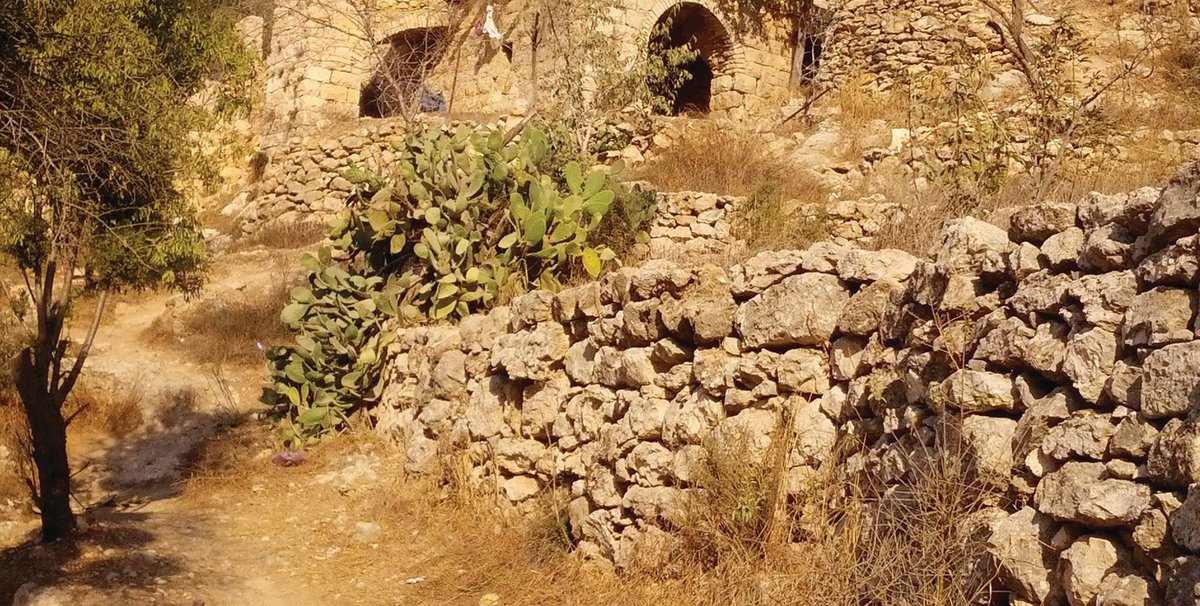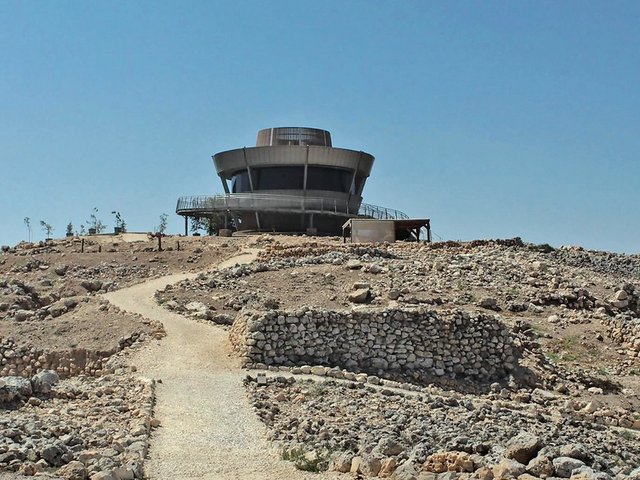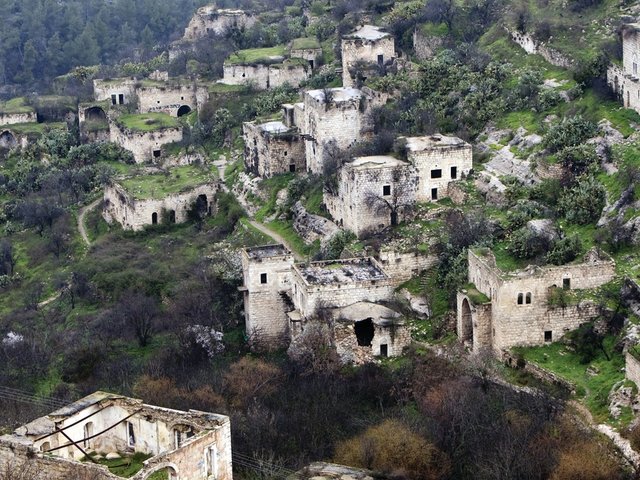An Israeli plan to build in the last uninhabited pre-war Arab village in the country can now proceed after a court-ordered survey of it was completed. Its redevelopment into a luxury Jewish neighbourhood has been widely opposed by Israelis and Palestinians.
Nestled in a valley at Jerusalem’s entrance, Lifta is the only unoccupied Arab hamlet still standing after the 1947-48 war that led to the establishment of the State of Israel and the flight or exile of large portions of the Arab population who were never allowed to return. Israel’s 1950 “absentee property” law claimed empty Arab homes and lands as state property and some 400 empty Arab villages, towns and cities were then either destroyed or turned into Jewish communities. The exception is Lifta, which remains largely unchanged since 1948, with remnants of stone buildings amidst cacti and fruit trees and ancient agricultural terraces and springs.
In 2010, Palestinians and Israelis joined forces to save the site from development. The multi-faith Coalition to Save Lifta petitioned the Jerusalem district court, which in 2012 ordered a preservation survey, temporarily stalling an Israel Land Authority (ILA) plan for redevelopment. But now, as the Israel Antiquities Authority (IAA) prepares to publish the report, which stresses Lifta’s importance, the ILA is free to solicit bids from contractors and developers.
The Lifta master plan, approved by a regional planning committee in 2006, envisions an upscale Jewish neighbourhood with over 250 housing units, a synagogue, shops, cafes, a hotel and parking lot. There is speculation that the ILA may modestly revise its plans based on the report, but the ILA did not respond to queries from The Art Newspaper or from the coalition lawyer, Sami Ershied. Witnesses have seen bulldozers already working on Lifta’s roads, Ershied says.
Ancient heritage Some of the findings of the IAA preservation survey of Lifta were shared with The Art Newspaper. The full report, including recommendations, is slated to be published this month. It will confirm that the site contains “very rare” elements, with structures and artefacts dating to the Hellenistic and Roman eras, and tunnels from the Iron Age, according to Avi Mashiah, head of conservation at the IAA. Unesco-Israel also considers Lifta a heritage site. Lifta became an Arab settlement more than 500 years ago, eventually growing into Jerusalem’s largest village and the region’s most important olive oil producer. Lifta is unique in the region, Mashiah adds. “I hope [the ILA] will make an effort to preserve it.”
Jerusalem architecture historian David Kroyanker describes Lifta as “a very important site, a museum of the original structures of vernacular Arab architecture and the original way people built from local quarried stone in the Second Temple period, before there were architects and engineers.” But Kroyanker cannot imagine how to pay for steep preservation costs without including development that only luxury investors could afford.
Recourse to the law Members of the Coalition to Save Lifta say they are ready to return to court if necessary to save the site. Ilan Shteyer, the son of Holocaust survivors, says he is fighting for Lifta because he believes that Israel should honour and preserve Palestinian memory and property the way European countries preserved Jewish places and memories.
Ershied, the coalition lawyer, says that international laws, treaties and norms prohibit the sale of refugee property, so Lifta must be preserved until the political details are worked out. The issue of Palestinian refugees and their properties was to be settled in an Israeli-Palestinian peace agreement. But the two sides have never reached final status negotiations and continue to be at loggerheads, as Israel sells or develops refugee properties.
Shmuel Groag, the head of the conservation department at Jerusalem’s Bezalel Art Academy, says conservationists are worried that building will change Lifta’s cultural landscape. For Yacoub Odeh, born in Lifta in 1940, it is inconceivable that Lifta could survive a war and dispossession and now be threatened by bulldozers. Odeh hopes that he or his children can return home one day but, meanwhile, he says Lifta must be preserved as a testament to Jerusalem’s Arab history.




